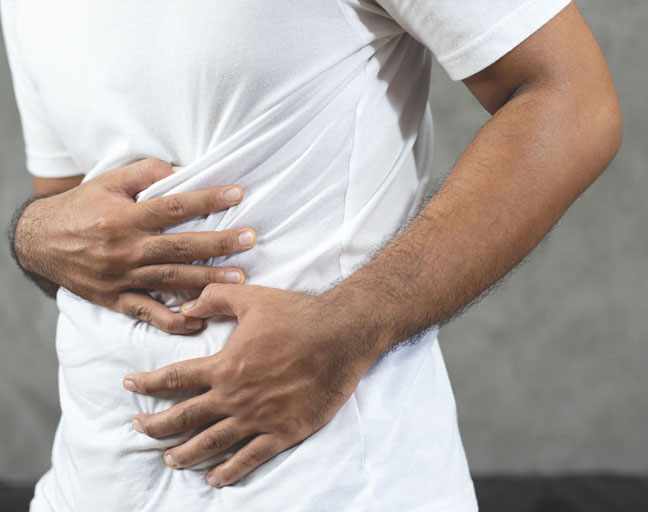A bladder infection, or urinary tract infection (UTI), is typically caused by bacteria. While UTIs are more common in women due to their shorter urethra, men are certainly not immune. Although not as frequent, bladder infections in men can happen and come with their own set of symptoms.
Symptoms of Bladder Infection in Men
Not everyone experiences the same symptoms, but common signs of a bladder infection include:
- A sudden urge to urinate, often more frequently
- Urinating in small amounts
- Lower back pain or abdominal cramps
- A burning feeling while urinating
- Waking up at night to use the bathroom
- Urine that has a foul odor or looks cloudy
- Fever or tiredness
- Blood in the urine (which requires immediate medical attention)
Some symptoms are unique to men, such as:
- Discharge from the penis
- Swelling in the scrotum
It’s worth noting that bladder infections in men can return more easily. This is because bacteria might hide in the prostate gland and multiply if not fully eradicated.
What Causes a Bladder Infection in Men?
Bladder infections are usually caused by bacteria like Escherichia coli (E. coli), Staphylococcus, Klebsiella, or Pseudomonas, which invade the urethra and travel to the bladder. Left untreated, the infection can spread to the kidneys or even into the bloodstream. While rare, fungi or parasites can also be responsible for bladder infections in men.
Risk Factors for Bladder Infection in Men
Though bladder infections aren’t as common in men as they are in women, certain factors can increase the chances of developing one:
- Circumcision: Men who are circumcised are less likely to develop infections.
- Age: As men age, the prostate may enlarge, which can raise the risk of a bladder infection.
- Pre-existing health conditions: Things like kidney stones can cause blockages that increase the risk of infection.
- Anal sex: This can increase the risk of contracting sexually transmitted UTIs.
- Urinary catheter use: A catheter can disrupt urine flow, making it harder to flush out bacteria.
- Weak immune system: Conditions like diabetes or HIV weaken your immune system, making you more susceptible to infections.
Remember, just because you have risk factors doesn’t mean you’ll automatically get a bladder infection, but it’s still important to stay vigilant and take preventive measures.
How Is Male Bladder Infection Diagnosed and Treated?
Diagnosis
If you suspect you have a bladder infection, a visit to the doctor is necessary. They’ll start with a physical exam, possibly including a rectal exam to check the prostate. From there, they may order the following tests:
- Urinalysis: To check for infection signs in your urine
- Urine cultures: To identify the exact bacteria causing the infection
- Blood tests: To check for signs of infection in your bloodstream
- Imaging tests like ultrasound or an IVP (X-ray test) to rule out kidney stones or other issues
Treatment
Bladder infections are usually treated with antibiotics. Most cases require a week’s worth of medication, but for more severe infections, particularly those involving the prostate, treatment might last for several weeks. It’s critical to follow your doctor’s prescription completely to prevent the bacteria from developing resistance to the antibiotic.
How to Prevent Bladder Infections in Men
To avoid getting a bladder infection again, consider making some simple lifestyle changes:
- Drink plenty of water to help flush bacteria out of your urinary tract.
- Urinate right after sex to help remove any bacteria.
- Practice good hygiene, especially before and after sexual activity.
- Use condoms during sex and limit sexual partners to reduce the risk of infection.
- Don’t hold your urine for too long—this can let bacteria multiply.
- If you have diabetes, keep your blood sugar levels under control.
- Make sure both you and your sexual partner are treated for any infections to avoid passing them back and forth.
- Maintain a healthy lifestyle to support a strong immune system—eat well, stay active, and consider adding probiotics like yogurt to your diet.
By staying proactive with these preventive steps, you can significantly reduce the risk of bladder infections and protect your health in the long run


